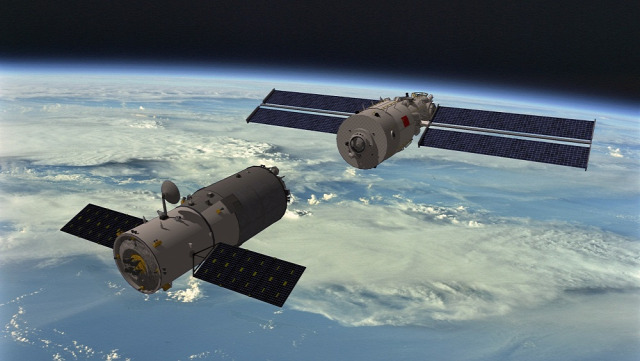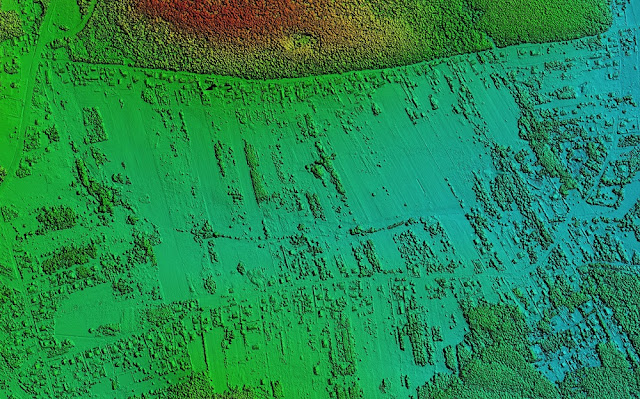
Urban Air Mobility (UAM) represents a transformative shift in transportation, aiming to alleviate urban congestion through the deployment of air taxis and other aerial vehicles. As the concept gains traction, the UAM infrastructure market is becoming increasingly critical. This market encompasses the development of facilities, technologies, and services necessary to support UAM operations, including vertiports, charging stations, air traffic management systems, and maintenance hubs.
The global UAM infrastructure market is estimated to reach $623.6 million by 2033 at a CAGR of 20.29% during the forecast period 2023-2033. The UAM infrastructure market encompasses a wide range of physical and digital assets required to support the operation of urban air vehicles.
UAM Infrastructure Market Dynamics
1. Growing Urbanization and Traffic Congestion: Urbanization is accelerating globally, leading to increased traffic congestion in cities. UAM offers a solution by utilizing airspace to reduce ground traffic. This has spurred investment in infrastructure to support aerial vehicles, aiming to make urban air travel a reality.
2. Technological Advancements: Advances in electric propulsion, battery technology, and autonomous flight systems are driving the UAM sector. These technologies are essential for developing efficient and reliable aerial vehicles, which in turn necessitates robust infrastructure to support them.
3. Regulatory Developments: The evolution of regulations and standards for UAM is critical. Authorities like the Federal Aviation Administration (FAA) and the European Union Aviation Safety Agency (EASA) are working on frameworks to ensure the safe integration of UAM into existing airspace. This regulatory progress is crucial for the market’s growth, as it provides a clear pathway for infrastructure development.
4. Investment and Partnerships: Significant investments and strategic partnerships are shaping the UAM infrastructure market. Major aerospace companies, startups, and technology firms are collaborating to develop comprehensive solutions. These collaborations are fostering innovation and accelerating the deployment of UAM infrastructure.
Public Operations to Dominate as the Leading Segment by Configuration
In 2023, the UAM infrastructure market's public operations segment holds a 20% share, projected to reach 30% by 2033 due to UAM commercialization. This growth is driven by increasing UAM developments for passenger and cargo transit. Public vertiports are vital, designed for high passenger volumes and efficient integration with existing transport networks. Their cost-intensive nature means collaborative use will reduce expenses, facilitating cross-collaboration of services as commercialization advances.
Request A Free Detailed Sample on UAM Infrastructure Market!
Physical Infrastructure to Witness the Highest Growth between 2023 and 2033
In 2023, the UAM infrastructure market is led by the physical infrastructure segment, which holds a 92.53% revenue share due to high demand for UAM ground infrastructure. This includes vertiports, landing pads, and charging stations, all essential for supporting UAM operations. These structures must be designed for safety and efficiency while optimizing space. The UAM digital infrastructure consists of four key elements: control centers for remote surveillance, air traffic management (ATM), unmanned traffic management (UTM), and navigation aids with connecting networks.
UAM Infrastructure Market by Country
The U.S. UAM infrastructure market, with a CAGR of 21.43%, is set for significant growth. Driven by a large urban population, robust economy, favorable regulations, and major eVTOL developers like Archer and Joby Aviation, it leads global investments, making it a multi-billion-dollar market for UAM services.
Key Companies Profiled:
- Altaport, Inc.
- ANRA Technologies
- BETA Technologies
- Bluenest
- Embention
- Ferrovial
Future Outlook
The UAM infrastructure market is poised for exponential growth as technology advances and regulatory frameworks solidify. Key trends include the integration of AI and IoT for smart air traffic management, the development of sustainable and efficient charging solutions, and the expansion of public-private partnerships to fund and build infrastructure. As cities continue to grow and urban mobility challenges intensify, the adoption of UAM solutions will likely become a cornerstone of modern transportation systems.
Conclusion
The Urban Air Mobility infrastructure market is set to revolutionize transportation, offering a solution to urban congestion and paving the way for a new era of aerial travel. With ongoing technological advancements, regulatory support, and significant investments, the market is well-positioned for substantial growth. As infrastructure develops, the vision of a connected urban air mobility network is becoming increasingly attainable, promising a future where air taxis and other aerial vehicles are a common sight in city skies.





